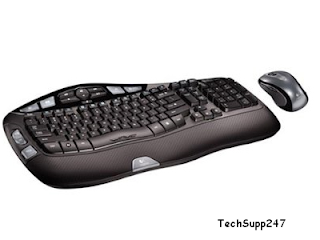With the popularity of computer games comes the onslaught of game controllers. There are all kinds of available game controllers, including joysticks, flight yokes, gamepads, and others. Most of the game controllers are hooked up to a Universal Serial Bus (USB) port, or they can function over an infrared port if your computer is equipped with one. Generally, they work like any other peripheral.
My game controller does not work.
Cause: As with any hardware, you need to make sure that the game controller you want to use is compatible with Windows XP. If compatibility does not seem to be an issue, then Plug and Play may have a difficult time detecting the device for one reason or another or may have trouble installing the correct driver. Make sure you follow the manufacturer’s setup instructions.
Cause: As with any hardware, you need to make sure that the game controller you want to use is compatible with Windows XP. If compatibility does not seem to be an issue, then Plug and Play may have a difficult time detecting the device for one reason or another or may have trouble installing the correct driver. Make sure you follow the manufacturer’s setup instructions.
































